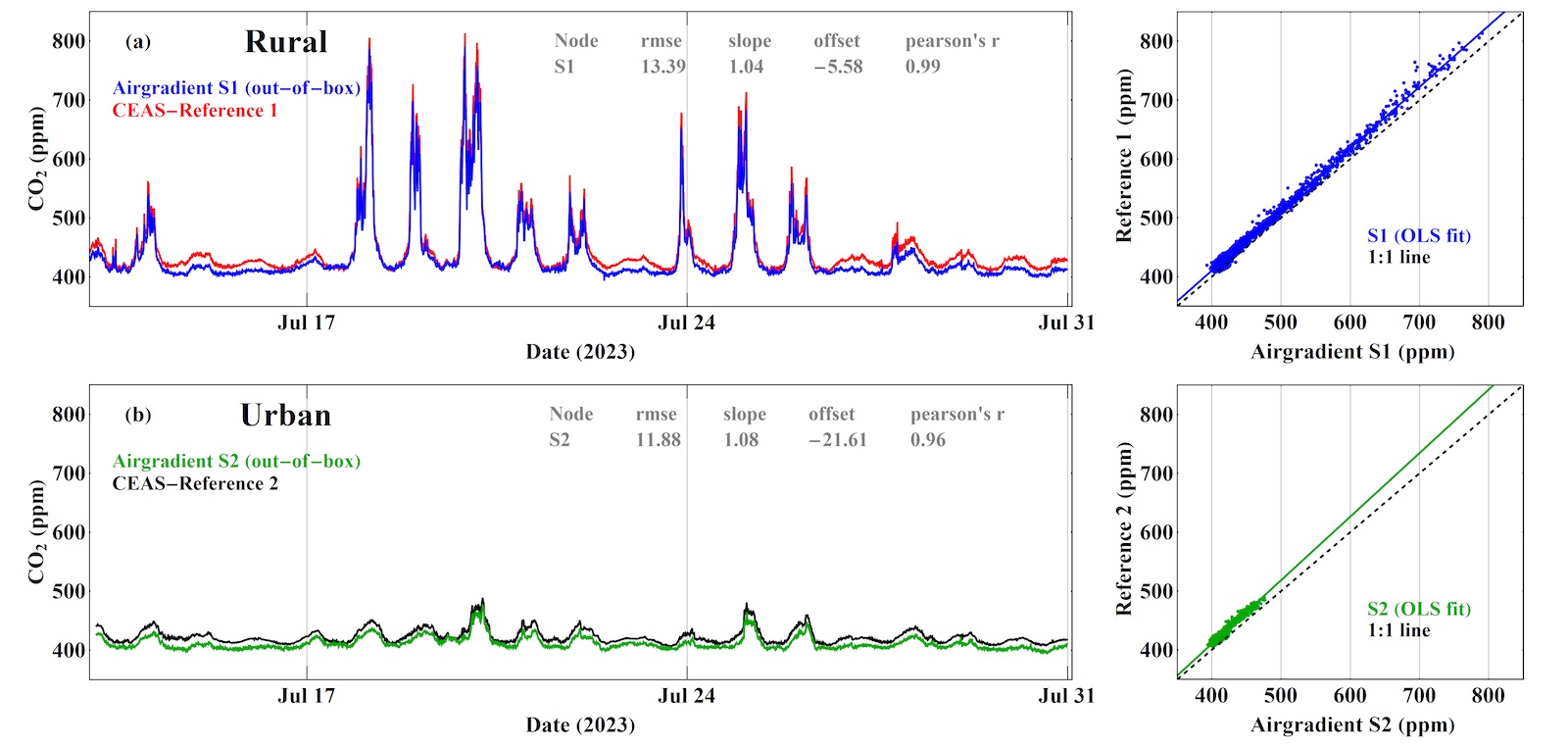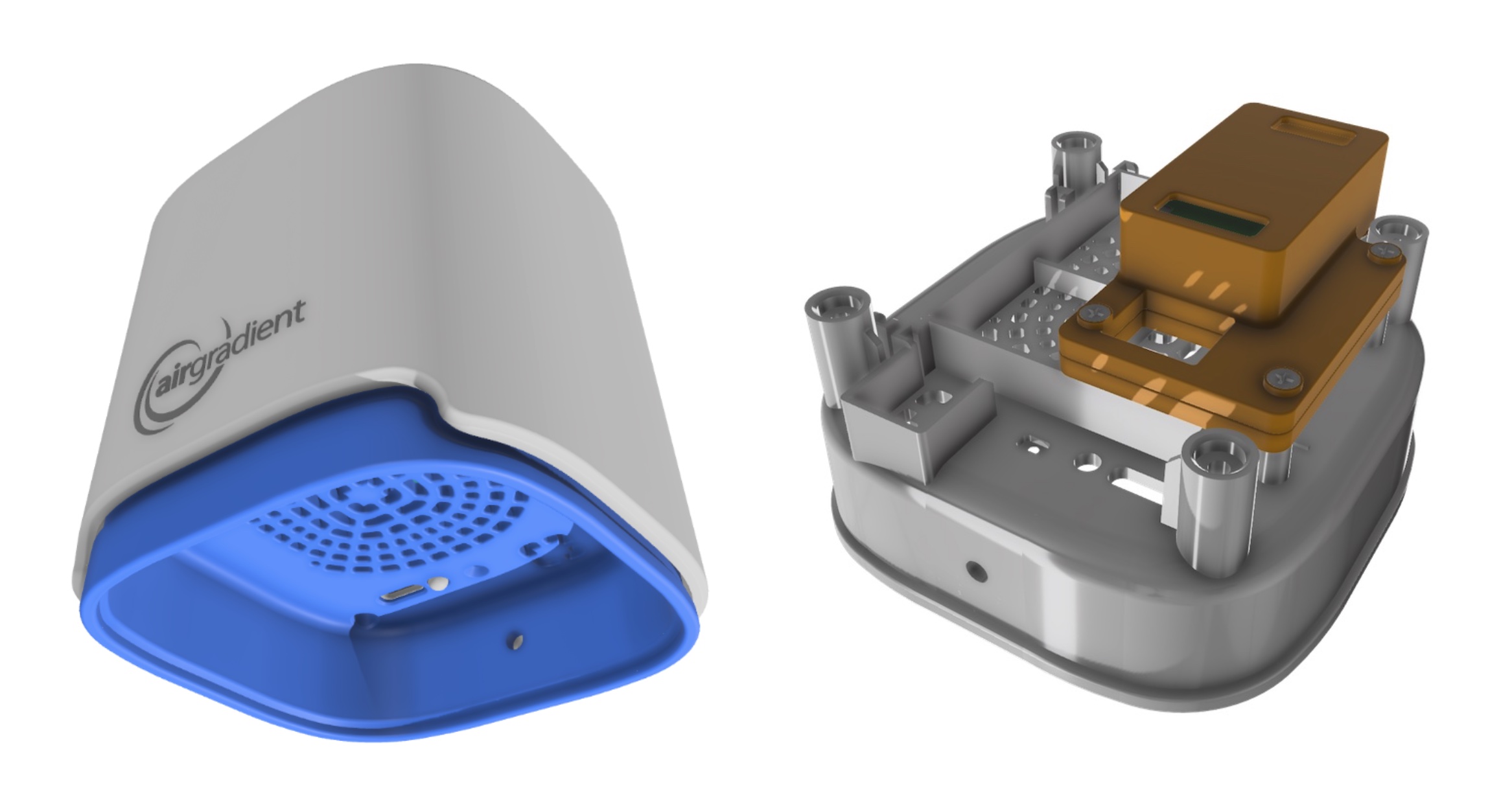Open and Accurate Air Quality Monitors
We design professional, accurate and long-lasting air quality monitors that are open-source and open-hardware so that you have full control on how you want to use the monitor.
Learn MoreSince June, the wildfires in Canada have devastated an area three times larger than previous years and emitted a huge amount of particulate matter, travelling into the US and triggering health alerts by the EPA. What’s often forgotten is that these wildfires are also emitting large amounts of CO2 and thus accelerating the climate crisis. This has been covered very well in a recent article from DW.
This shows how much air pollution and climate change are linked together but still often treated and perceived separately. I believe there is a great use case measuring both, PM and CO2 with low cost monitors to detect local emission sources in regard to their impact on health as well as climate change.
A few months ago we started a project with the University of Cambridge measuring CO2 outdoors with low-cost NDIR CO2 sensors and the results look extremely promising as you can see from the chart below.

For this project we have used our standard outdoor monitor Open Air and replaced one of the two PM modules with an SenseAir S8 NDIR CO2 sensor. We designed and 3-D printed a small holder for the CO2 sensor to keep it in place. Being open-source and open-hardware, these adjustments on the hardware and firmware side were very easy.

Low-cost CO2 sensors are not good enough to measure the specific background CO2 levels (currently around 420 ppm) accurately but seem to be able to detect local emission sources very well and could be specifically used for:
Besides the promising results on the accuracy that we see so far (but that will still require a lot of testing and verification -especially in different environmental conditions), I do also see a great potential on the awareness and educational potential of this monitor. We support a lot of schools and universities in running workshops on air pollution measurements by e.g. building air quality monitors. A combined CO2 and PM monitor will open a lot of new exciting use cases, e.g. by seeing not only CO2 emitted from burning but also from other sources like decomposition.
So a monitor like this could actually help in bringing together the topics of climate change and air pollution that are still too often treated separately.
I am personally extremely excited about the potential of this monitor, and we will produce a limited number and make it available for purchase to early adopters. It would be great if the early adopters would be willing to share their data with us and give some general information, e.g. about local emission sources so that we can analyse the data. In line with the Open Air being an open hardware design, we will continue to share the results.
If you are interested in getting this monitor, you can pre-order it and find more information in our online shop.
Curious about upcoming webinars, company updates, and the latest air quality trends? Sign up for our weekly newsletter and get the inside scoop delivered straight to your inbox.
Join our Newsletter
We design professional, accurate and long-lasting air quality monitors that are open-source and open-hardware so that you have full control on how you want to use the monitor.
Learn More